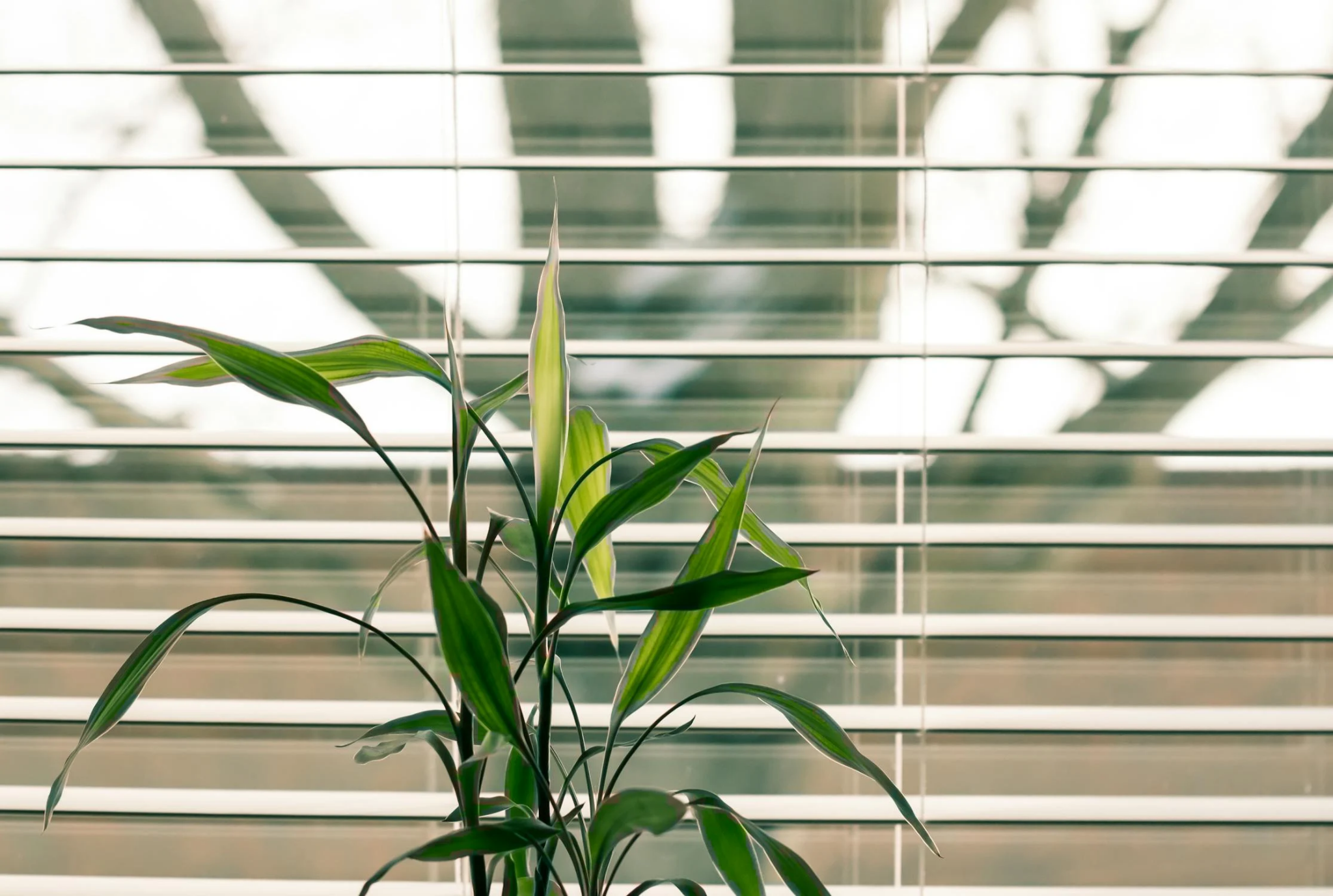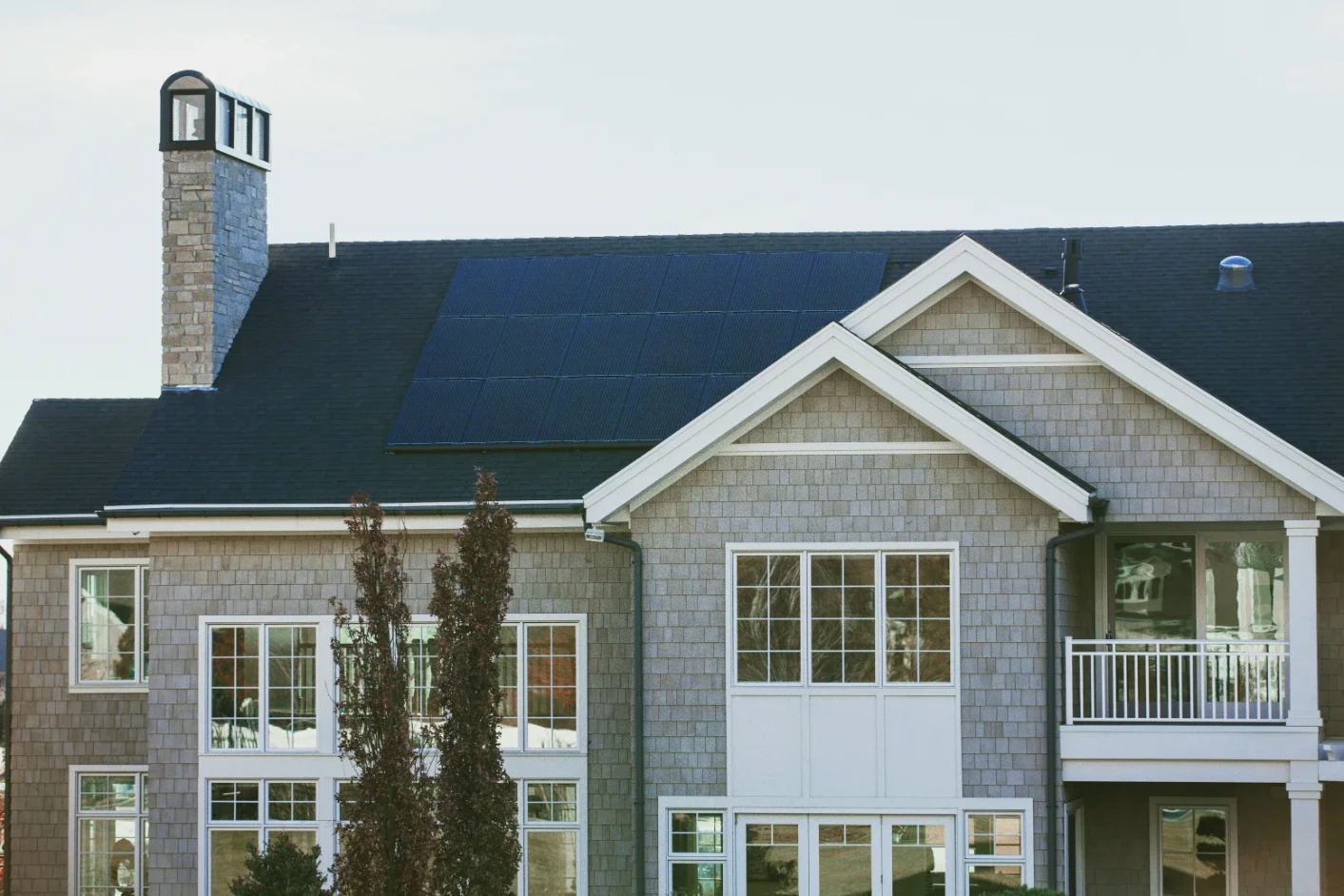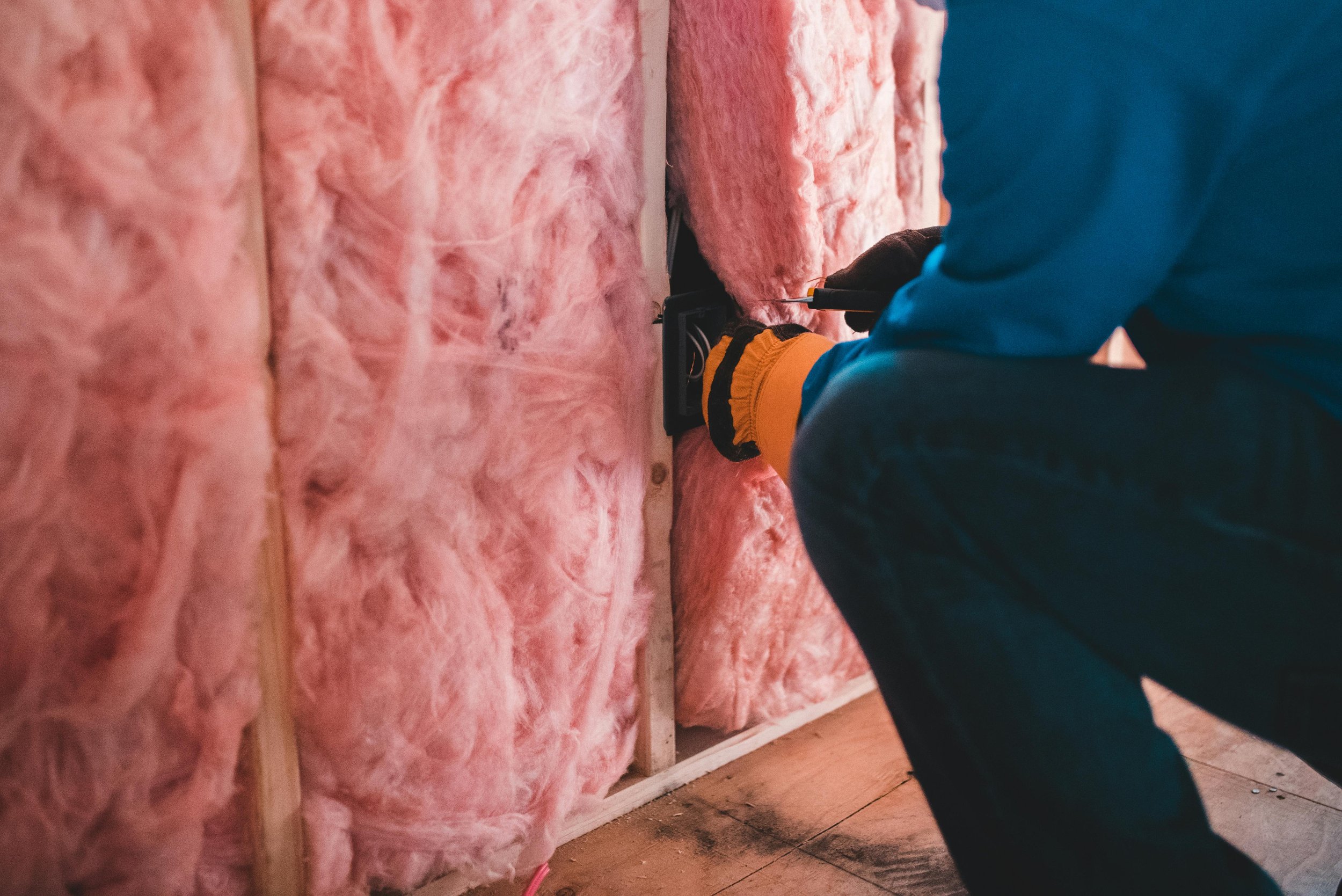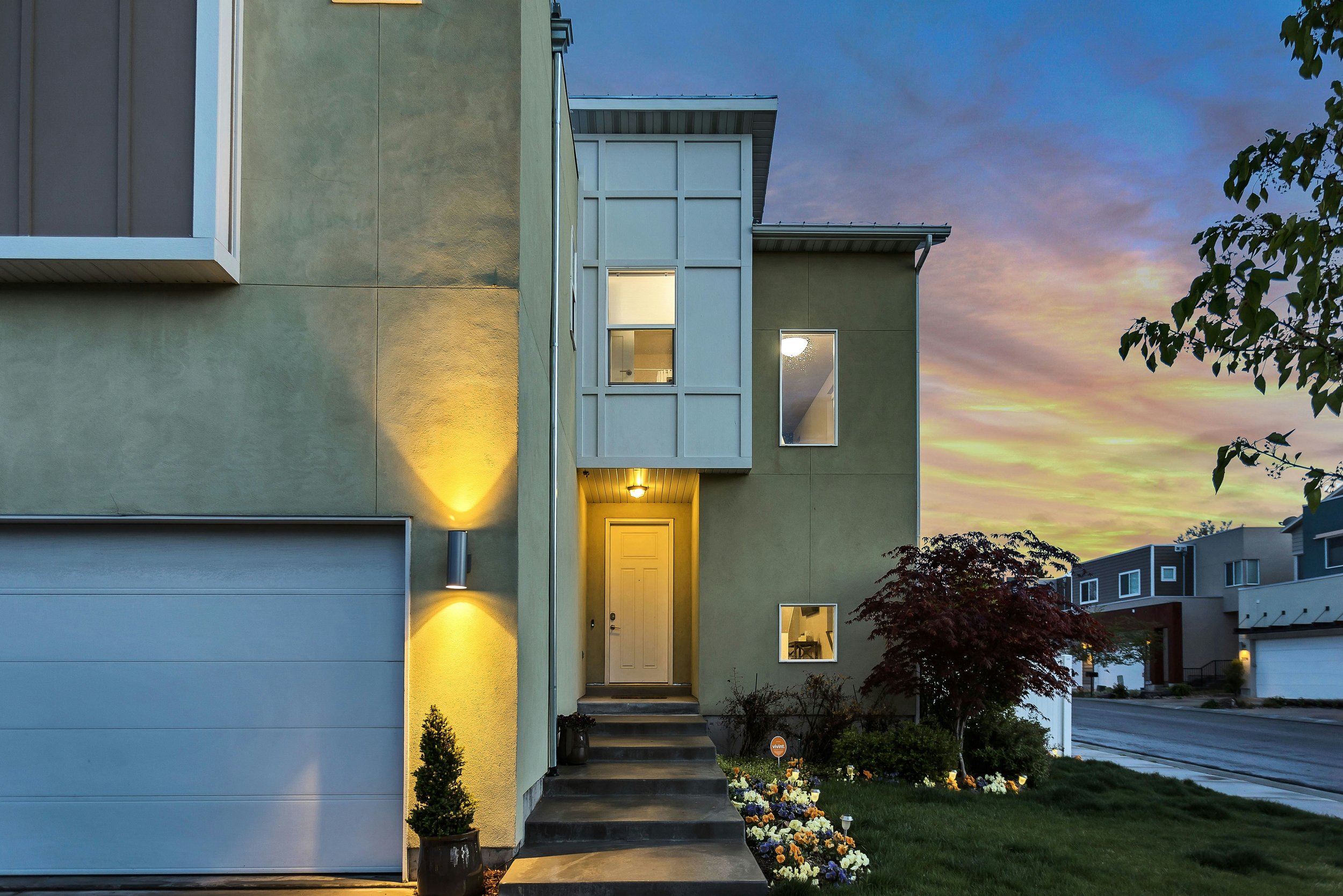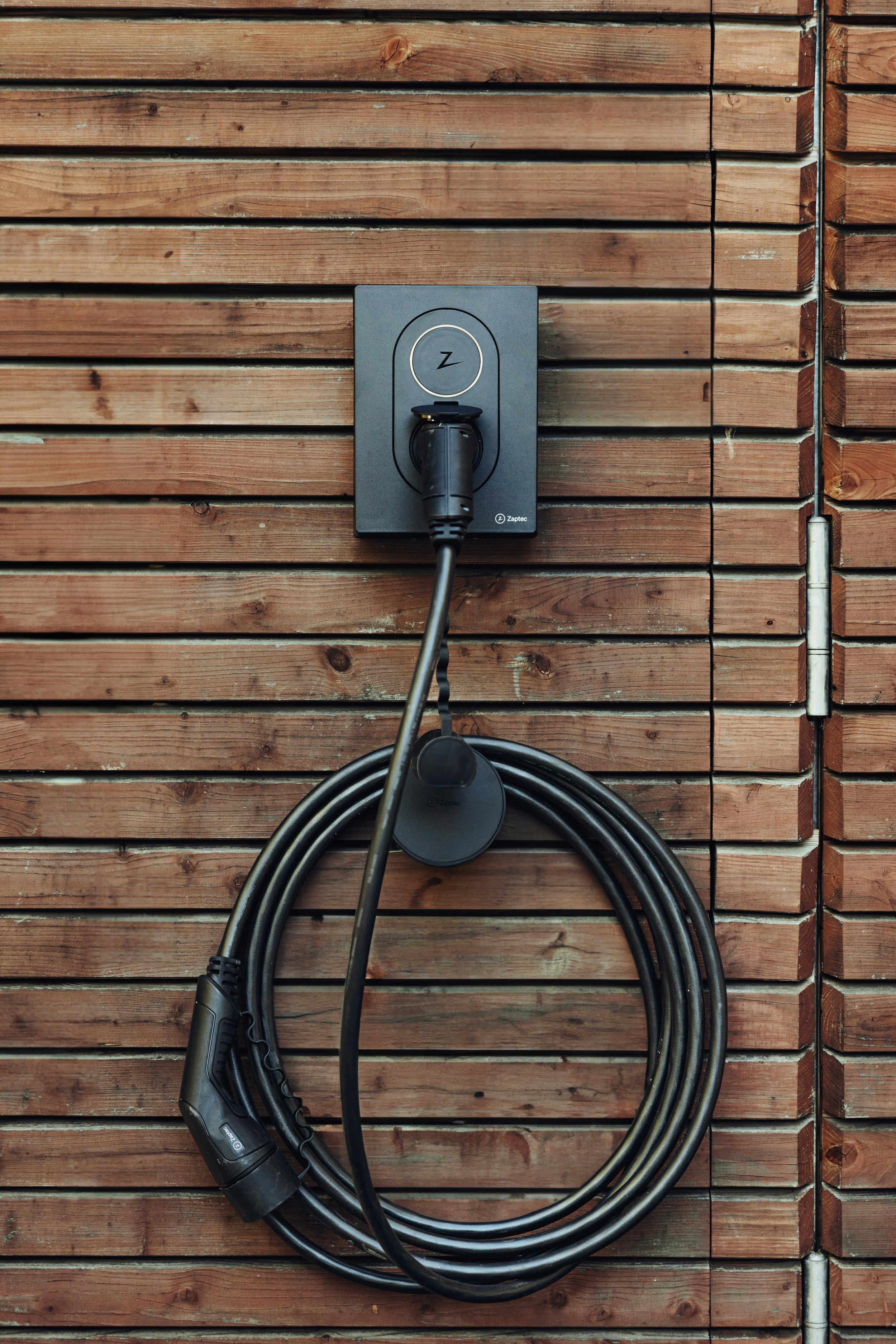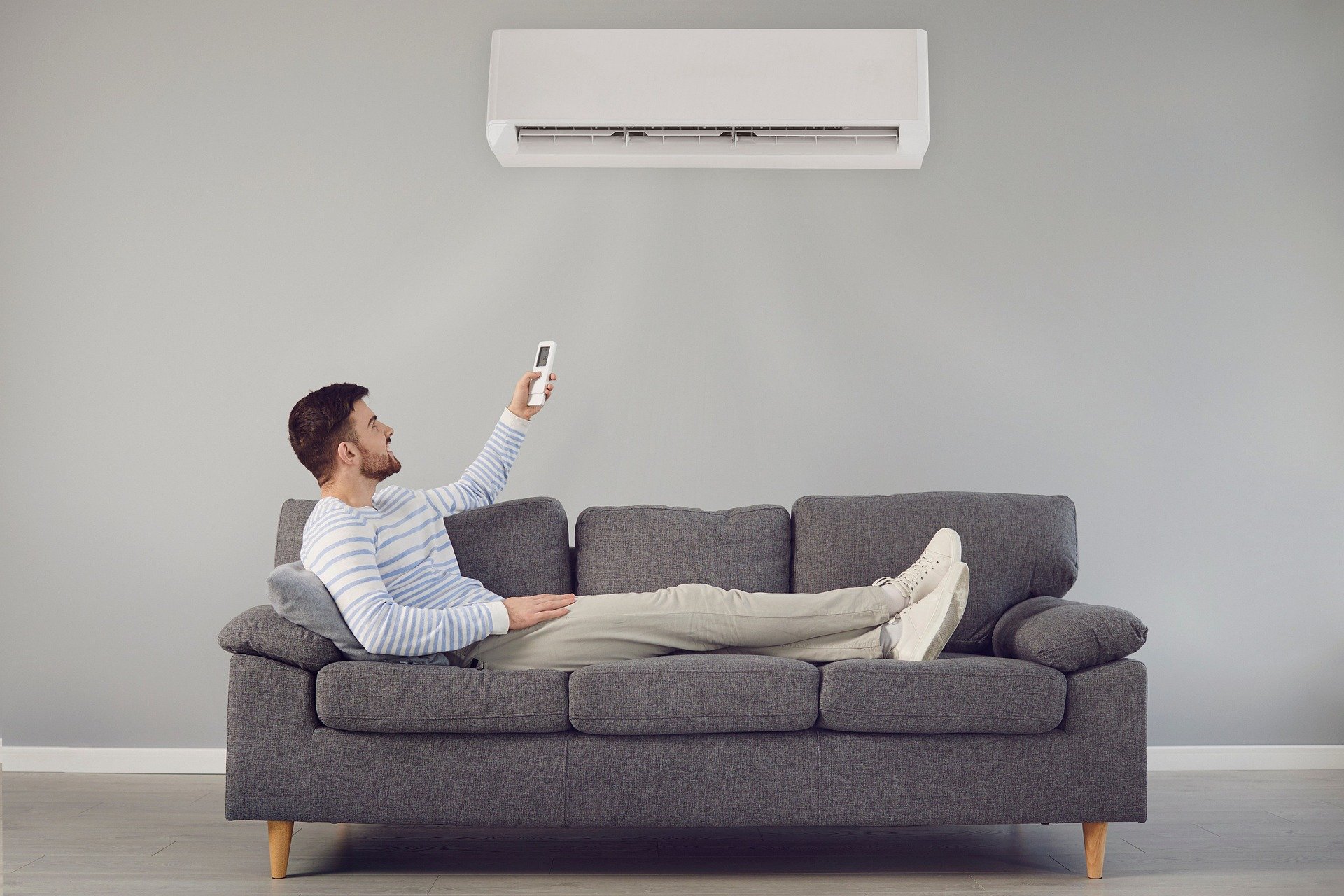7 Ways to Improve Energy Efficiency in Your Home
Discover 7 smart and practical ways to boost your home's energy efficiency, lower bills, and create a more comfortable living space!
Improving your home's energy efficiency reduces utility costs and minimizes environmental impact. Simple upgrades like better insulation, efficient lighting, and smart temperature control can make a noticeable difference in your energy consumption.
There are several ways to make your home more energy-efficient, from sealing air leaks to upgrading appliances. This guide covers seven practical solutions to help you cut energy waste and create a more sustainable living space.
1. Use Energy-Efficient Blinds
Windows are one of the biggest sources of heat loss in winter and heat gain in summer. The right blinds can help regulate indoor temperatures by blocking sunlight or trapping warmth, reducing the need for excessive heating or cooling.
Cellular (Honeycomb) Blinds – Trap air in their layered design, providing excellent insulation.
Thermal Blinds – Have special linings that reflect heat, keeping rooms cooler in summer and warmer in winter.
Motorized Blinds – Can be programmed to open and close based on sunlight and temperature for optimal energy savings.
Reflective Blinds – Reduce solar heat gain by bouncing sunlight away from windows.
Blinds are a simple yet effective way to improve energy efficiency. Choosing the right type for your climate and home setup can lower energy costs while enhancing indoor comfort.
But it’s not just about getting the right blinds. You’ll also need an experienced installer to ensure they’re set up correctly. A good contractor, like this window treatment company that installs blinds New Jersey, will help you identify the right option for your home and ensure effective installation for maximum energy efficiency.
2. Seal Air Leaks
Small gaps and cracks around windows, doors, and vents let conditioned air escape, making your heating and cooling system work harder. These leaks may seem minor, but they can significantly impact energy efficiency over time. Sealing them helps maintain a stable indoor temperature, reducing the strain on your HVAC system.
Common areas for air leaks include door frames, window sills, electrical outlets, and ductwork connections. Using weatherstripping, caulk, or expanding foam to seal these gaps improves insulation and prevents drafts. This simple upgrade lowers energy bills and enhances overall home comfort.
3. Upgrade to Energy-Efficient Windows
Windows play a major role in a home’s energy performance. Older single-pane windows allow heat to escape in winter and let excess heat in during summer, forcing HVAC systems to work harder. Replacing them with energy-efficient models helps regulate indoor temperatures and reduces energy waste.
Double or Triple-Pane Glass – Provides better insulation than single-pane windows, reducing heat transfer.
Low-Emissivity (Low-E) Coatings – Reflect infrared light, keeping heat inside during winter and blocking it in summer.
Gas-Filled Windows – Use argon or krypton gas between panes to enhance insulation.
Storm Windows – Offer a cost-effective alternative by adding an extra layer of insulation to existing windows.
Investing in high-performance windows leads to long-term energy savings. If full replacement isn’t an option, using films, coverings, or storm windows can still improve efficiency while keeping costs down.
4. Upgrade to LED Lighting
Traditional bulbs waste energy by producing excess heat. LEDs use far less power and last much longer, making them a smart upgrade for any home.
They provide the same brightness while consuming up to 80% less energy. Many LED options also work with dimmers and smart home systems, allowing for better control.
With various styles and colors available, LEDs improve efficiency without sacrificing design. Simple to install, they quickly lower electricity costs.
5. Optimize Your HVAC System
Heating and cooling account for a large portion of a home’s energy use. An inefficient HVAC system can lead to higher utility bills and inconsistent indoor temperatures. Regular maintenance and strategic upgrades help improve performance and efficiency.
Change Air Filters Regularly – Dirty filters make the system work harder, consuming more energy.
Schedule Routine Maintenance – Professional tune-ups ensure the system operates at peak efficiency.
Install a Programmable Thermostat – Adjusting temperatures based on usage patterns can significantly reduce energy waste.
Seal and Insulate Ductwork – Prevents air leaks that force the system to overcompensate.
A well-maintained HVAC system not only reduces energy costs but also enhances indoor comfort. Investing in smart thermostats and routine servicing ensures long-term efficiency and reliability.
6. Improve Home Insulation
Proper insulation keeps your home warmer in winter and cooler in summer. Without it, heat escapes through walls, roofs, and floors, forcing your HVAC system to work harder. This leads to higher energy bills and reduced comfort.
Adding insulation to attics, walls, and basements helps maintain indoor temperatures. Materials like fiberglass, spray foam, and cellulose provide effective thermal barriers. Even small upgrades, such as insulating pipes and ducts, can make a noticeable difference.
Good insulation doesn’t just save money—it also reduces strain on heating and cooling systems. A well-insulated home stays comfortable year-round with less energy use.
7. Use Energy-Efficient Appliances
Old appliances consume more electricity than modern, energy-efficient models. Upgrading to ENERGY STAR-rated devices can significantly cut energy use and lower utility bills.
Refrigerators & Freezers – New models use up to 40% less energy than older units.
Washing Machines – Front-load washers use less water and require less heating.
Dishwashers – Energy-efficient models clean better while using less power.
Ovens & Stoves – Induction cooktops heat faster and waste less energy.
Replacing outdated appliances pays off in the long run. Energy-efficient models reduce electricity consumption while improving performance and convenience.
